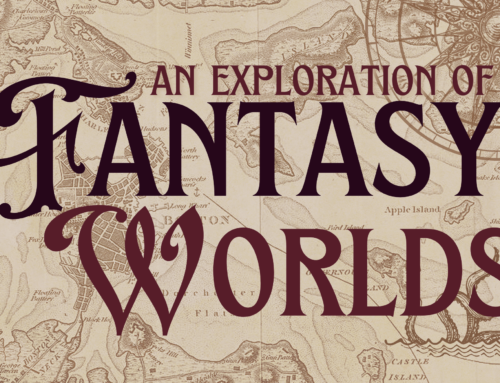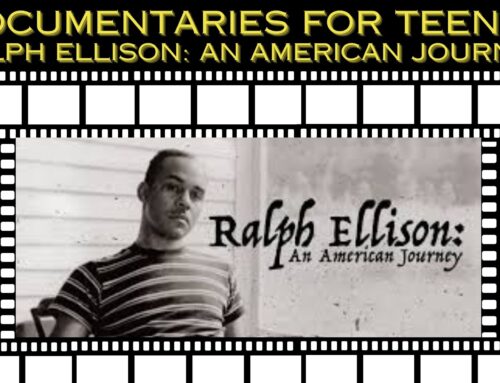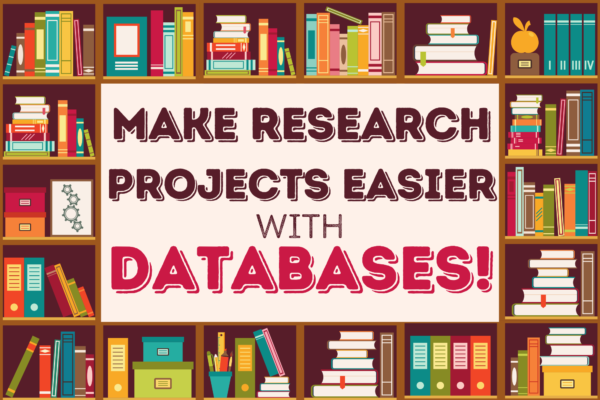
Doing research assignments can suck. All that time trying to figure out if your source is legitimate or wildly out of date, and reading summary after summary trying to find something relevant until they all start to bleed together. It usually doesn’t help that Wikipedia is sitting right there at the top of your search…so tempting, so forbidden. But what if I told you that there’s a site out there that just might fill that Wikipedia-shaped hole in your scholarly heart without breaking your teacher’s guidelines?
You might already have heard of some sites like Gale, Jstor, ProQuest, or even Google Scholar. These are databases or catalogs for lots of different kinds of information, articles, and other scholarly and academic work. Databases are the best place to go for online research because any articles, books, or other published information has gone through checks to make sure the work is reputable before being added to the database. That way, you can skip the step of worrying about the legitimacy of the information and the author of that one random website you found with the questionable layout and weirdly pixel-y images. Most articles kept in databases have been published elsewhere first, in academic journals or books, and have typically been peer-reviewed (which is basically the academic equivalent of having your teachers grade your homework).
Here at the library, we subscribe to Gale, which provides free access to all of their databases through our website! There are about 40 different databases in Gale’s collection, and each one focuses on a different topic or subject.
On the CCPL website banner, the Database catalog is located in the third category, “Research and Learn.” Hover (don’t click!) the words with your cursor, and it will bring up a list of all our Research Resources. Under this category, on the left-hand side is Research & Databases.
When you click that link, it will take you to an alphabetical list of the databases CCPL subscribes to!
You can click here to go directly to Gale or here to the list of all of our education-focused databases.
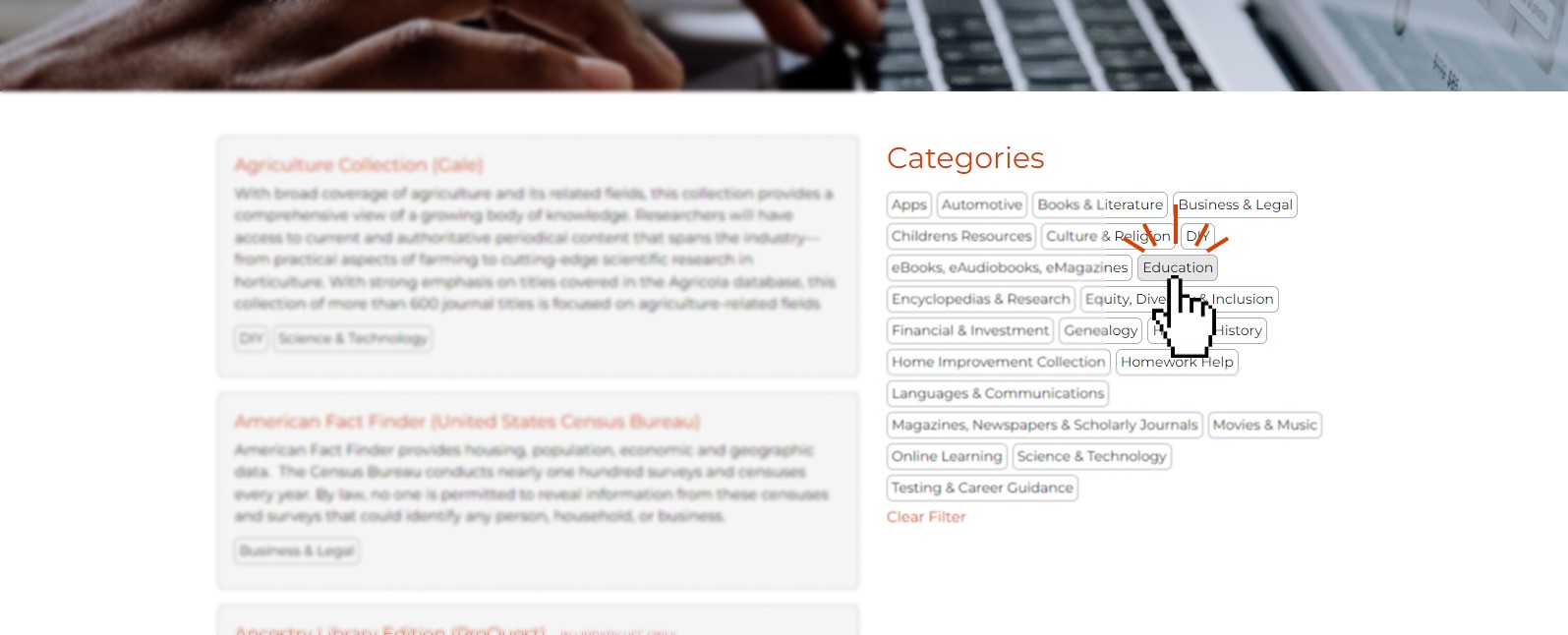
There are a lot of awesome resources here, but today, we’ll be looking specifically at Gale in Context: High School Edition.
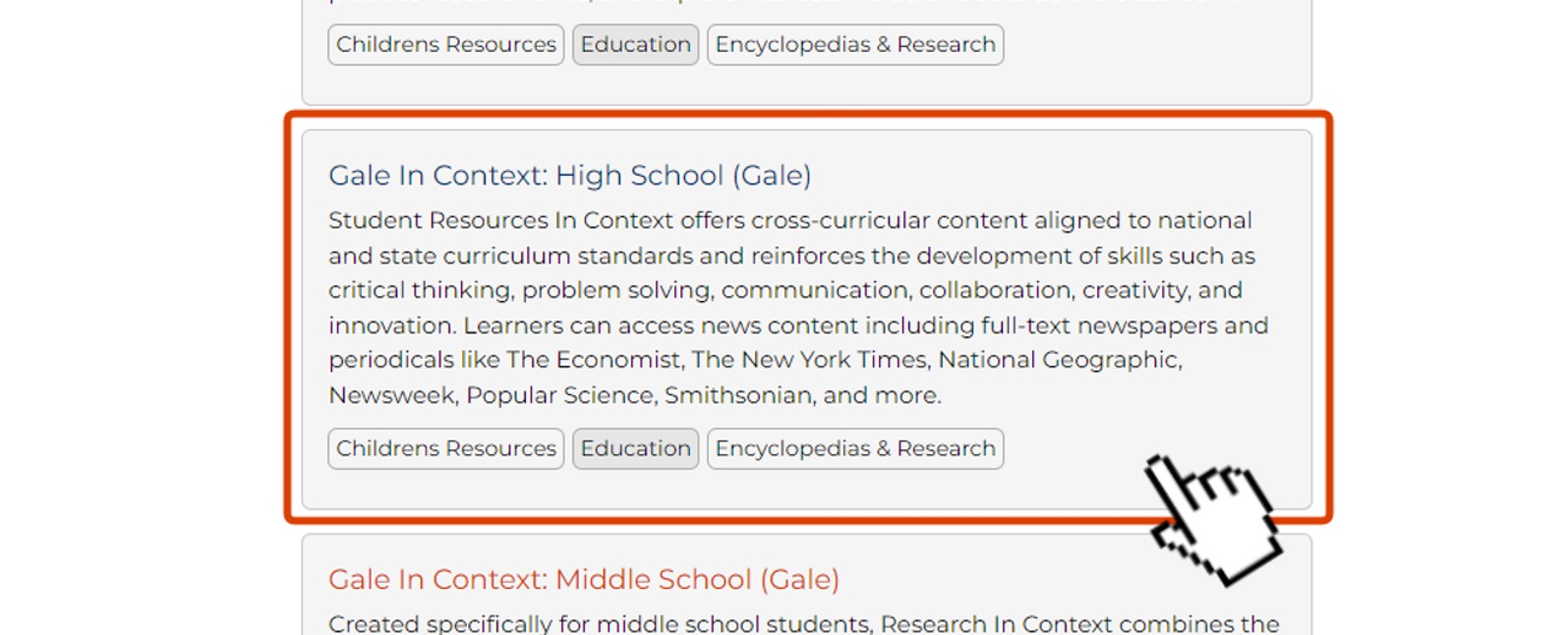
Welcome to the home page! This is what the site should look like when you follow that link. There’s a search bar in the top left-hand corner, a carousel of cool and interesting topics in the middle of the page, and some small buttons on the right that will help us navigate the site.
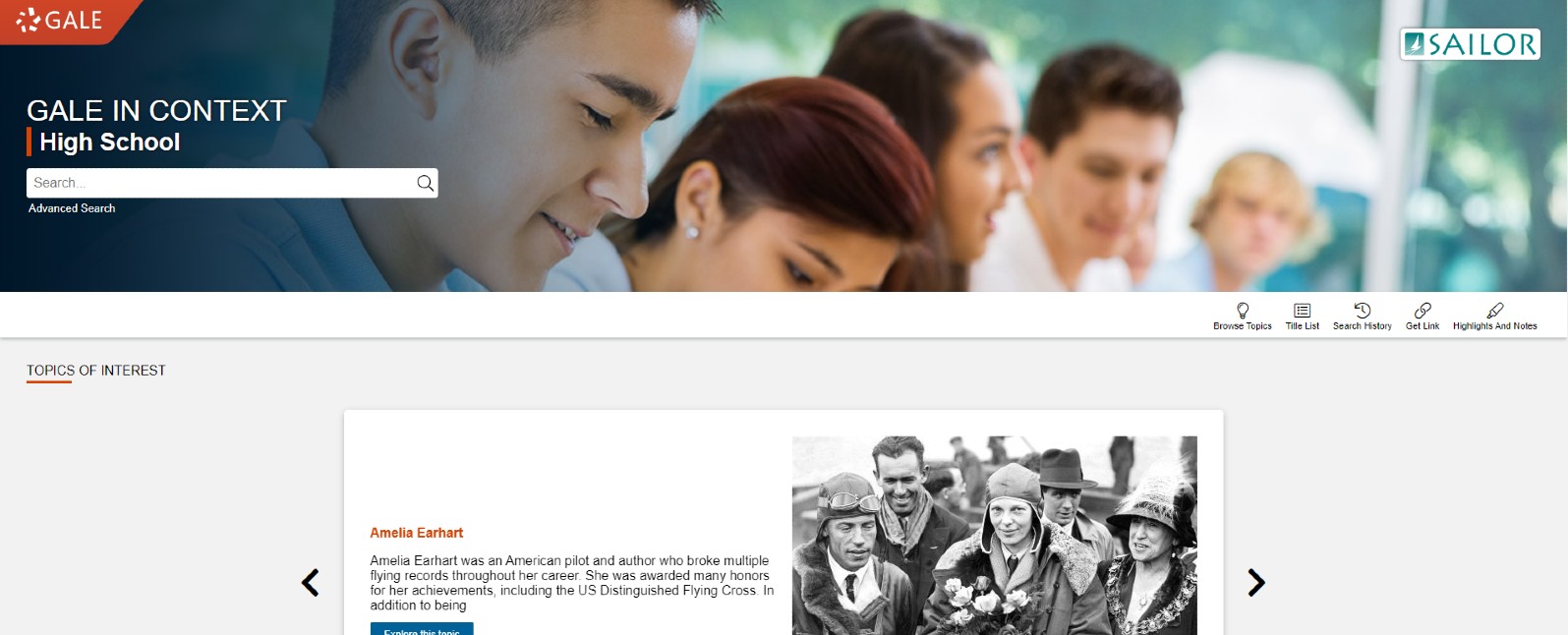
Let’s pick a research topic to use as an example. Since September 15th is the kickoff for National Hispanic Month, let’s see if we can find out a little more information about it! You can scroll down to browse all of the topics the database covers, or you can use the lightbulb icon on the right side of the page.

We’ve arrived at the Topic Browser. There is a lot of information here, and it can be a little overwhelming!
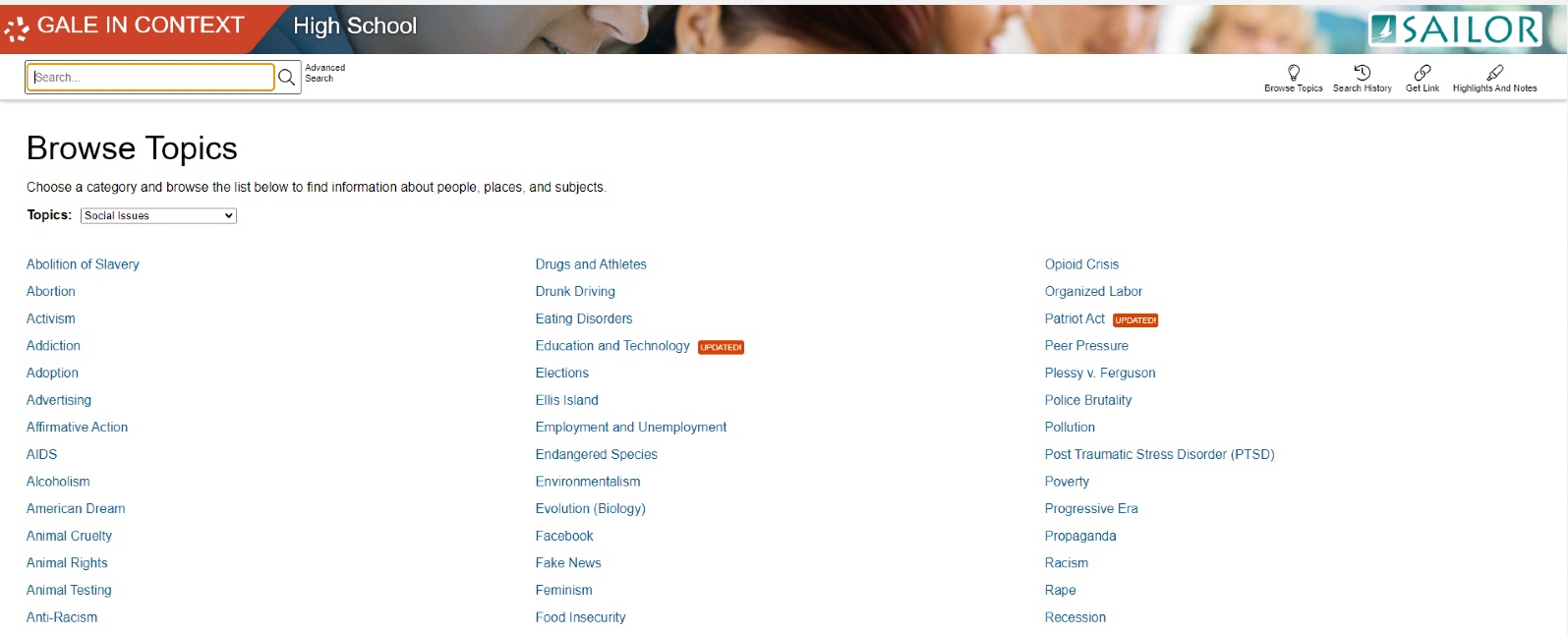
You could just look through the whole list, or you can narrow it down by category from the drop-down menu just under the header. This gives you options to filter your search by things like Biography, Geography, Literature and Arts, Sports, or even World Culture! This is super handy if you are maybe still looking for a topic or can’t decide on what you’d like to research.
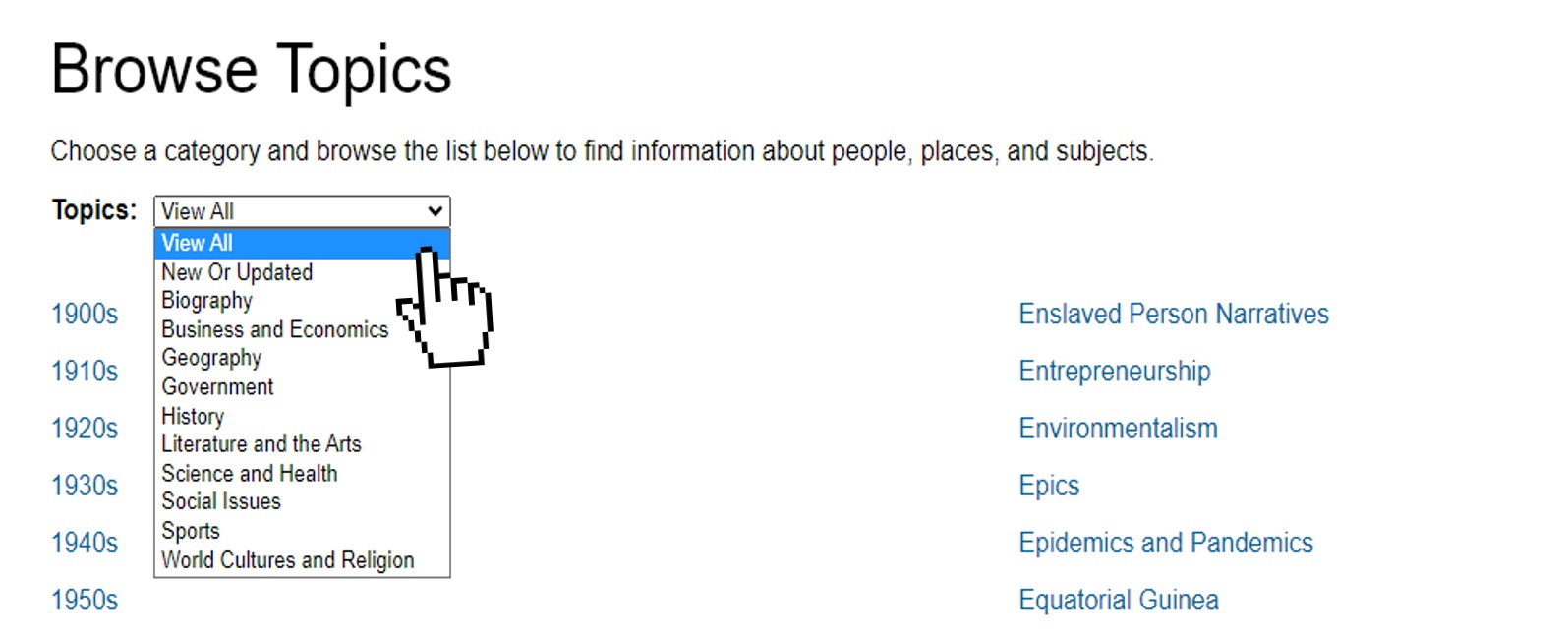
Since we already know what we’re looking for, though, we can use the search bar to find what we’re looking for.
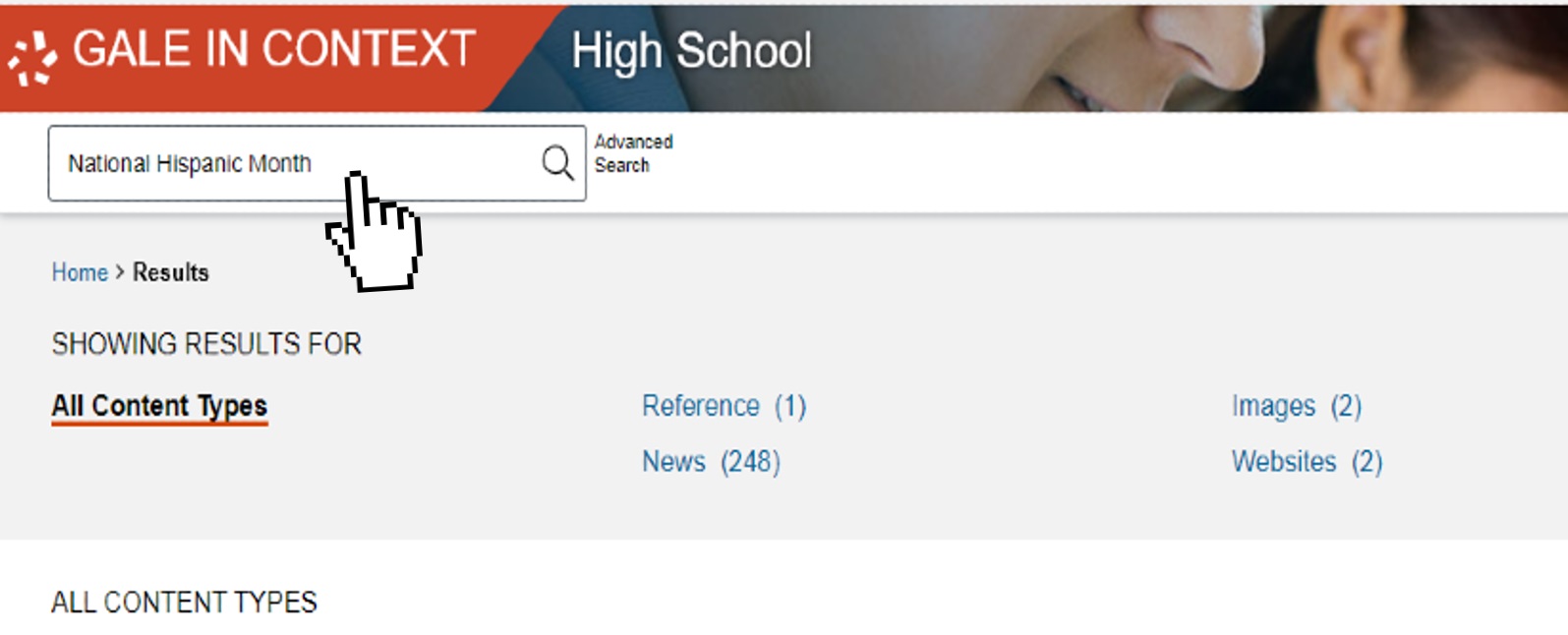
Once we find our topic or put in our search query, we’ll see some results pop up. There are lots of extra options to narrow down our search even further, but since we’re just getting started the Gale Reference page will be a great place to start.

This is an awesome place to start your research journey! These resource pages are laid out just like a wiki. There are hyperlinks to other related pages in the text, and the information is broken down into short categories, such as basic background information, history, and, in this case, how it’s celebrated! They also give you critical thinking questions like you might find in your textbooks that help that information stick in your brain! It’s a great idea to give this page a read-through, because they’re usually pretty short and can give you a better idea of what you’re looking for or topics you could focus on for your project or paper!

Once you’ve gotten a good, basic understanding of the topic you’re researching, it’s time to move over to the EXPLORE section on the left side of the page. If maybe this page wasn’t quite what you were looking for, you can use the “Related Subjects” list to find something else! Or, if you want to dig deeper, you can start with the “More Like This” section to see a list of other articles and sources with similar information.
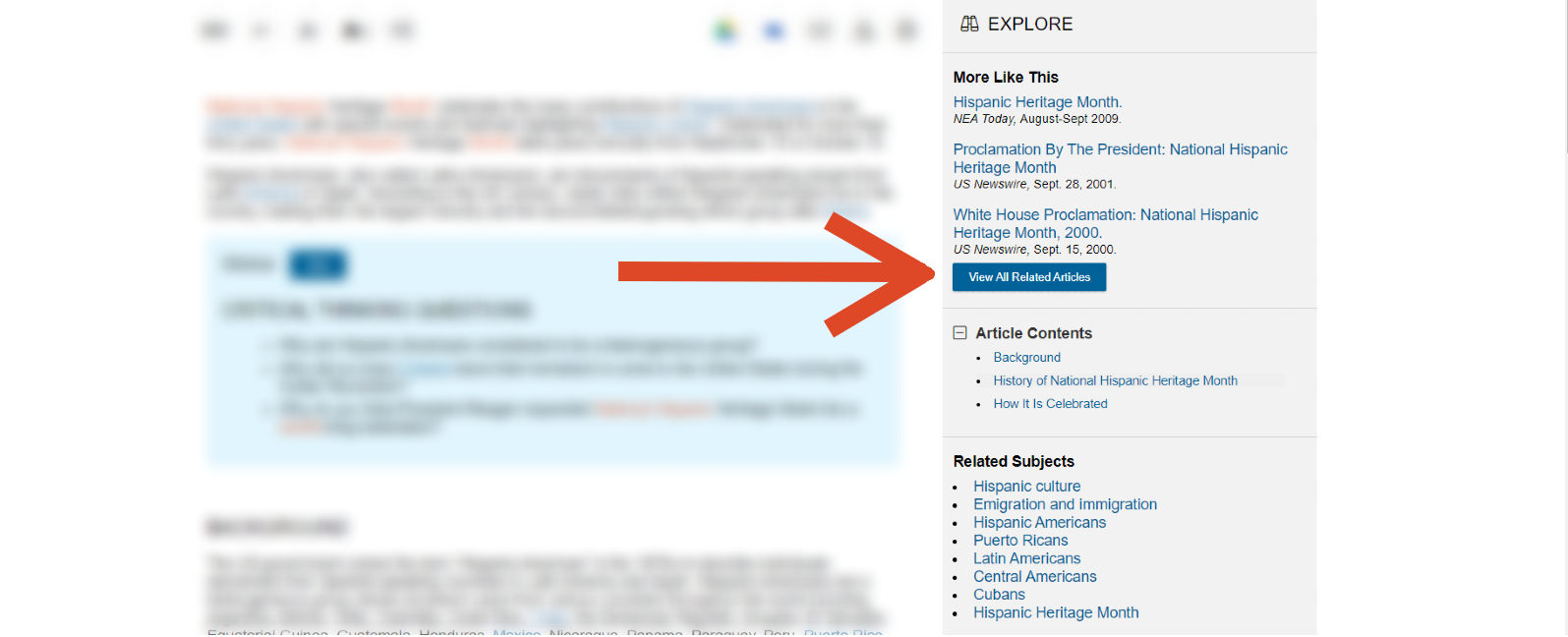
You can also click your browser’s back button to go back to the search results if you want to find a wider variety of sources like Audio tracks, images, primary source documents, and other websites to check out! There are so many awesome possibilities!
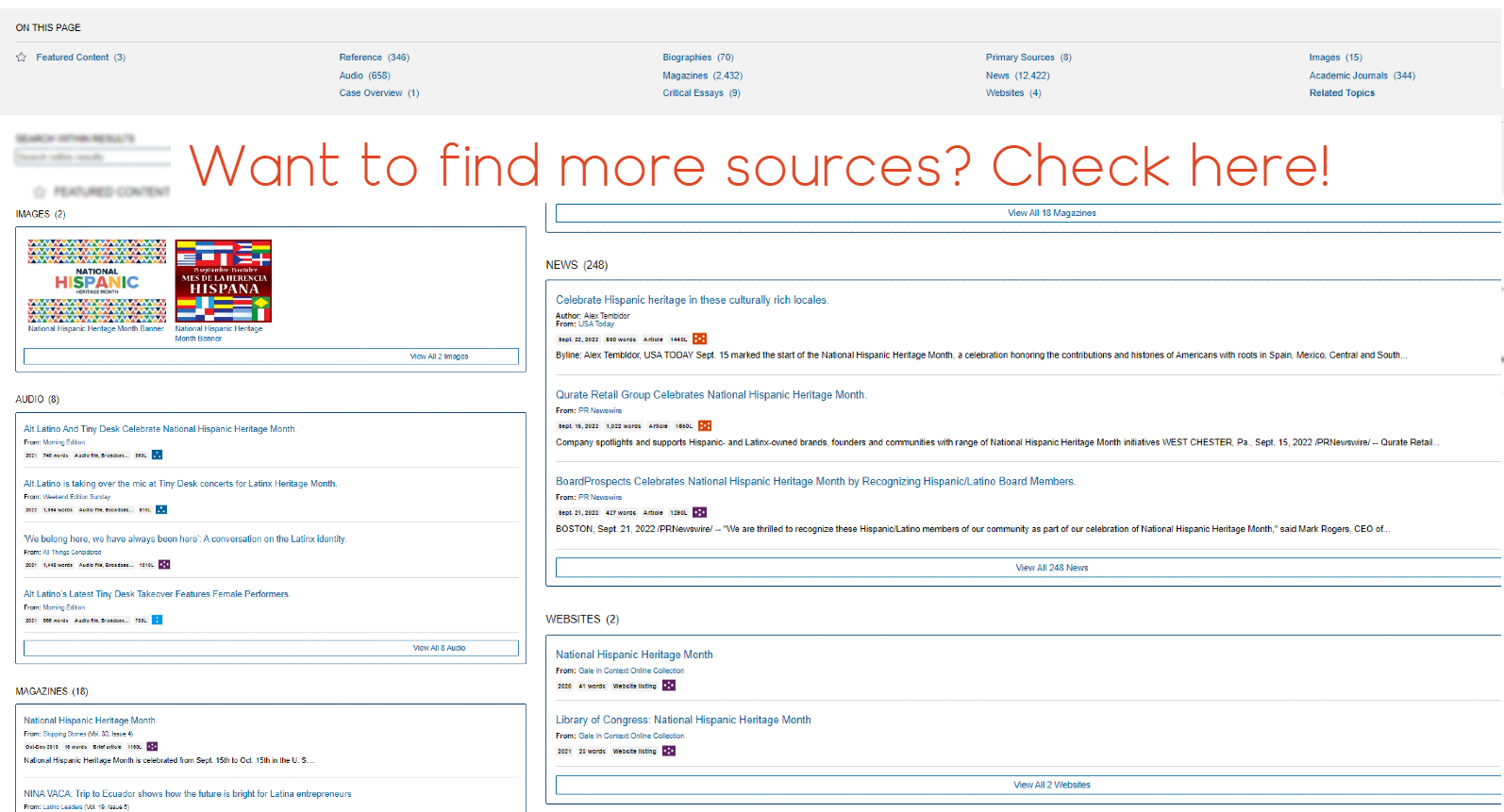
(As a bonus, when you click each of these links, they have a built-in citation machine for each source. No longer will you have to wrestle with formatting or dodging those annoying ads on Easybib, it’s all right there for you to copy and paste! How easy is that?)

Gale In Context is a great resource, and it might just lead you somewhere super cool! Whether it’s a difficult assignment or just curious about a subject you love, these databases are an awesome place to start your research journey.


